How to never have root rot again

Part 1: What is root rot?
Root rot is the deterioration of the roots caused by harmful fungi that thrive in oxygen deficiency environments. As we know in the previous series, the roots need oxygen to function properly. Without oxygen, the roots will be suffocated and weaken. At the same time, the bad fungi will overgrow and infected the roots. Infected roots are not able to take in oxygen, water, and nutrients. We all know the outcome: The plant will eventually die.
The soil or any potting medium will have tiny air pockets that contain oxygens particles. The number and volume of those air pockets will depend on the mediums' properties (mainly the denseness). When we water that soil mix, we replace those air pockets with water particles that contain even less oxygen. Water only has 1 % dissolved oxygen, whereas air has 21%. As a result, the roots will have the hardest time absorbing oxygen during watering days.
So if we don't want root rot, we should never let the roots getting too wet for too long, right? Actually, it's not that simple. Water is never the cause of the rot. If it is, no one will ever be able to propagate cuttings in water. It's the root's inability to intake oxygen, water, and nutrients the cause all problems. You can disfunction the roots by two ways.
First way is leaving the potting mix too wet for an extended period will deplete the amount of oxygen the roots need to function and survive. The second cause is doing the opposite, leaving the medium too dry. Just like any living thing, roots need water. If you cut the water for too long, the roots will eventually dry out and disfunction. They won't absorb water, oxygen, and nutrients even if you rehydrate the plant again. Dying roots will deteriorate and infect the whole roots system, leading to root rot.
The third way root rot can happen is the substrate already contains rotting fungi. They hibernate and reactivate when meeting the right environment, wet and oxygen-depleted medium.
Once we understand the causes, it will be much easier to prevent or stop the rot. Today we will learn how to prevent it.
2. Use a well-draining and airy potting medium. This will make sure the roots have enough oxygen. More oxygen, less harmful fungi, happier roots. Use chunky substrates like perlites, orchid barks coco chips.
2. Use a well-draining and airy potting medium. This will make sure the roots have enough of oxygen. More oxygen, less harmful fungi, happier roots. Use chunky substrates like perlites, orchid barks coco chips.
3. If you are a heavy watering person, use net pot or terracotta pots instead of plastic or ceramic pots. This prevents you from over water the plants.
4. If you tend to underwater the plants, and the medium tends to be too dry before your watering day, use plastic or ceramic pots. Add more water-retaining substrate like peat moss into the potting mix. It will help the root stay hydrated.
5. Use horticultural charcoal in the mix to sanitize and absorb toxic, harmful fungi.
6. Use fresh soil, substrates when repotting.
How to stop root rots
If you can only save one post in the series, this is the post you should save. I will show you my way to treat root rot and stop it from spreading.
First, you need to identify the rot parts.
Colors: the rotted roots usually have black or dark brown colors. Some callused roots will have dark colors as well. If you are unsure, check the second identifier.
Feel: when the roots are mushy or soft to the touch, they are rotting. You will be able to pull those roots off easily without any force.
Smell: rotted roots have an unpleasant odor that is very distinguishable.
Once you locate the rot, remove them. I mean, all of them. I know it's heartbreaking to cut most of the roots, but if you miss only a tiny bit, the rot will spread again. You not only say goodbye to those roots but you will also farewell to your whole plant.
Preparation:
I use a sharp scissor for small roots and a very sharp knife for thicker roots. The tool you use to cut the roots must be sharp and sanitized. You can sanitize your tools with 90% alcohol.
Dish soap, hand soap or castile soap.
Fungicide
Hydrogen Peroxide
New fresh potting medium
Brand new pot
Wax (Optional)
Filtered water.
Step by Step Guide:
Step 1: Identify the rot. (Check my last IG post.)
Step 2: Cut the rot!
When you cut, make sure not to cut right into the rot parts. You want to cut a bit away from the rot so it won't infect the tool. Sanitize your knife for every single cut. If you accidentally touch the rot, wash your hands right away. Do not touch the healthy parts of the plants if you just touch the rot.
Step 3: Wash the roots with clean water and hand soap or dish soap. I use hand soap because they are more gentle. You can also use castile soap.
Step 4: Reinspect the roots to make sure all the rot is removed. This step is crucial. In most cases, the rot happens again because it wasn't entirely eliminated in the first place.
Step 5: Spray the roots and whole plants with a diluted fungicide.
Step 6-1: If the roots are thick or there are no roots left, let the roots air dry for at least 6 hours until the cuts are callused.
Step 6-2: If the roots are tinny and you don't want them dried out, you can seal the cut with wax and move on to step 7.
Step 7: After the cut is callused, spray the roots once again with diluted fungicide.
Step 8-1: If there are no roots or the roots are too small, consider the plant as unrooted cutting and propagate it in water or sphagnum moss.
Step 8-2: If the root system is still good, you can put the plant back to fresh potting medium and a brand new pot. Do not use old medium or old pot. I recommend using clear pots so you can supervise the roots easier. The new potting medium must be airy and well-draining.
I know it's a long process, but please don't skip any steps. Each and every step is equally important. You guys will hate me for saying this but unfortunately, removing the rot is not the end of the procedure.
The aftercare:
The phrase "plant care is self-care" hits me harder when I realize we have to understand ourselves and our habits well in order to take care of our plants better. Understand which of your habit caused the rot in the first place to prevent it in the future. For example, if you tend to overwater the plant, use chunkier and airier potting mix. Also, use net pots to let the moisture out faster. On the other hand, if you always forget to water your plants, you should use plastic pots and add more water-retaining substrate like peat moss in the mix.
The moisture in the potting medium should be damp but on the dryer side in the first week.
Do not let the roots stay in a soggy wet medium for too long, but also don't let them dry out.
Mix one part 3% percent hydrogen peroxide with three parts water to water the plant for the first week, skip one week, and do it again. This will help to bring more oxygen to the soil and also kill harmful fungi. You can make it a monthly routine for root rot prevention.
I hope these posts are helpful to you. If you have any questions, feel free to comment below. I will try to answer them all. Happy planting!

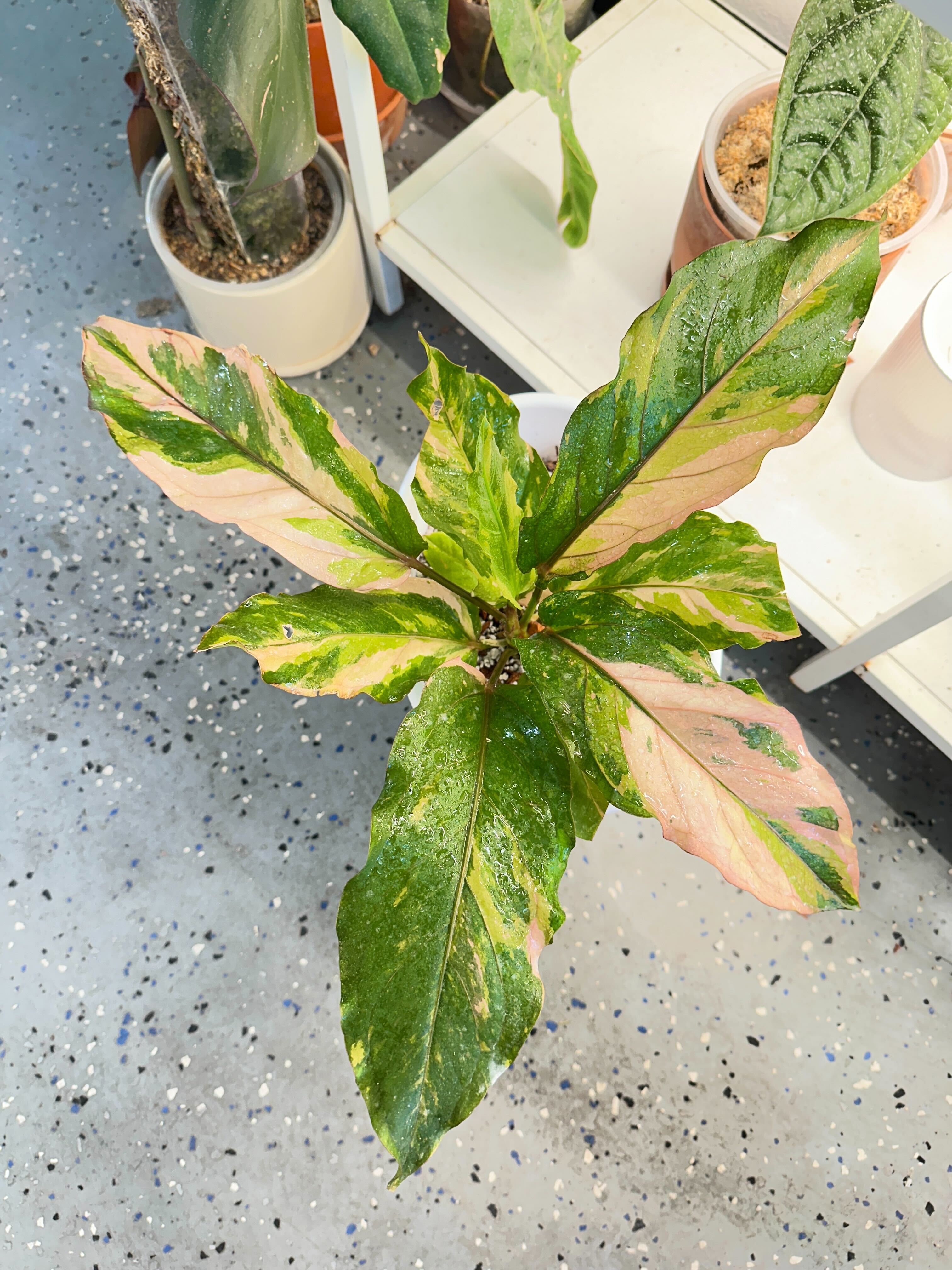
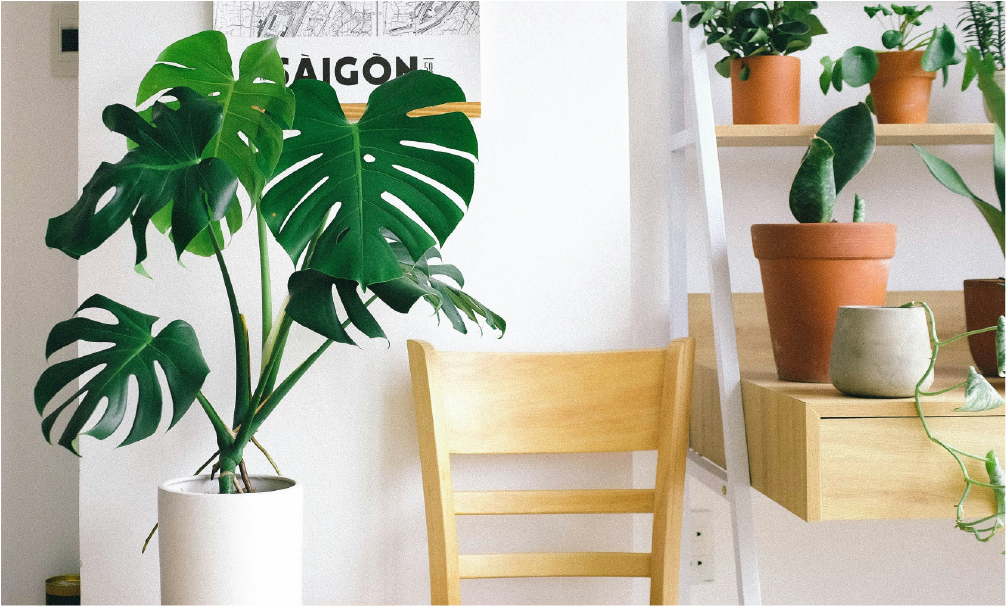


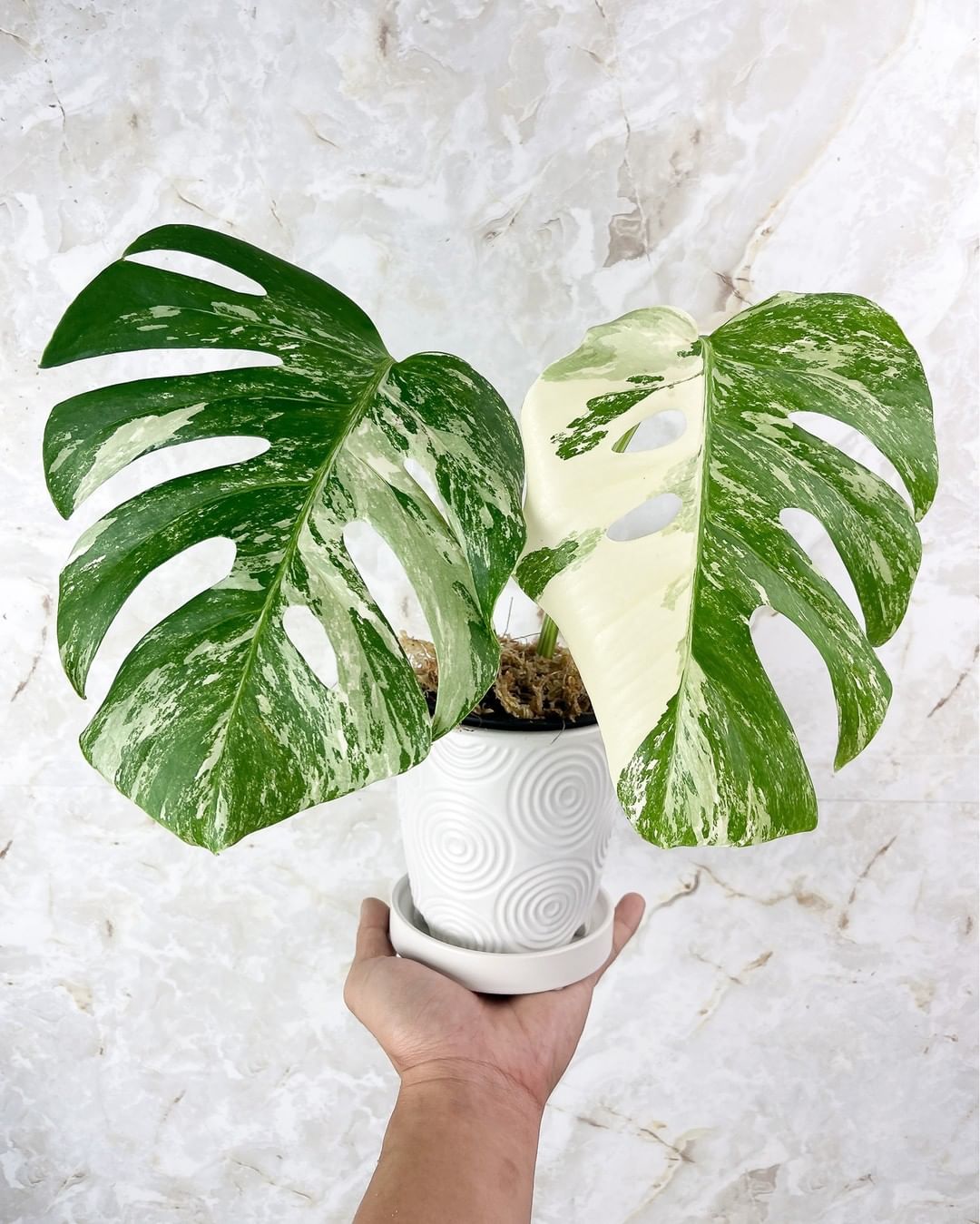
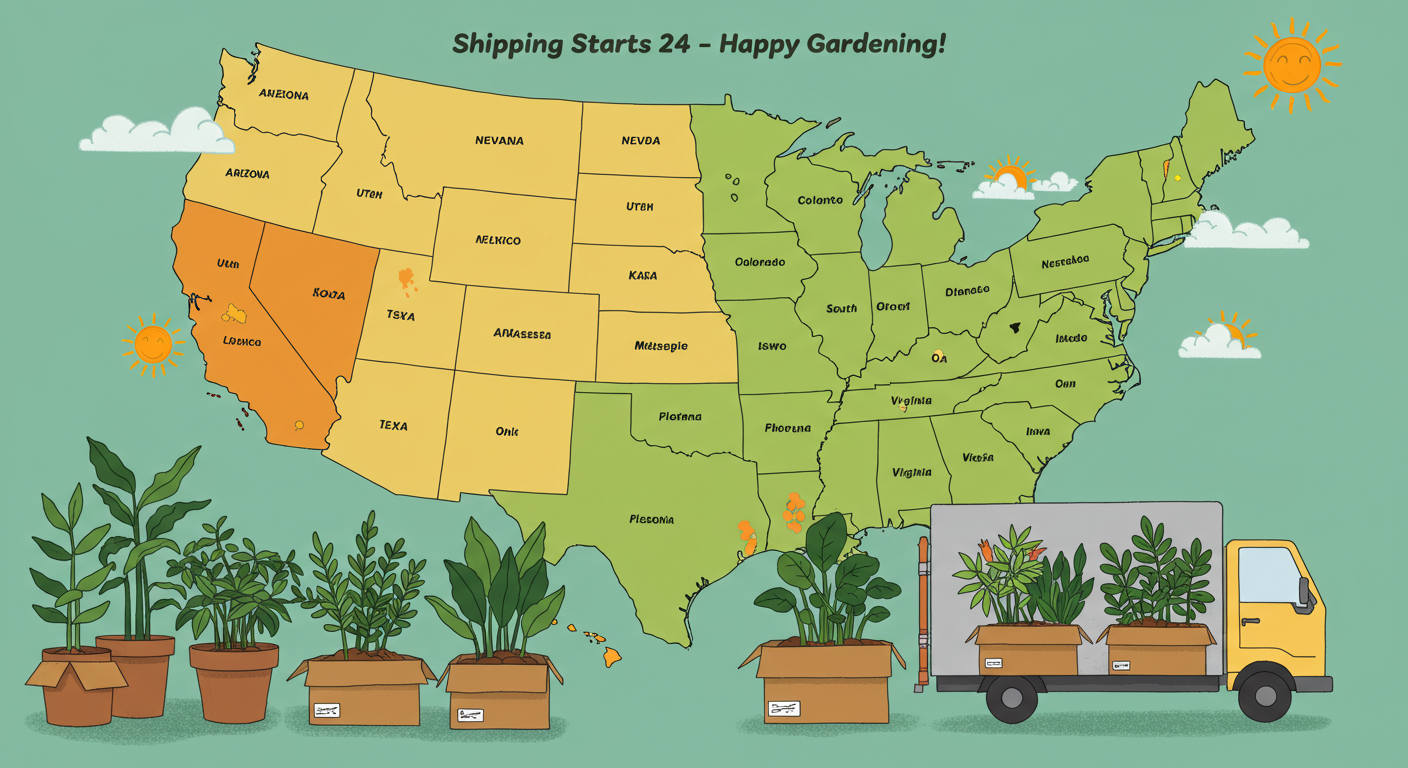
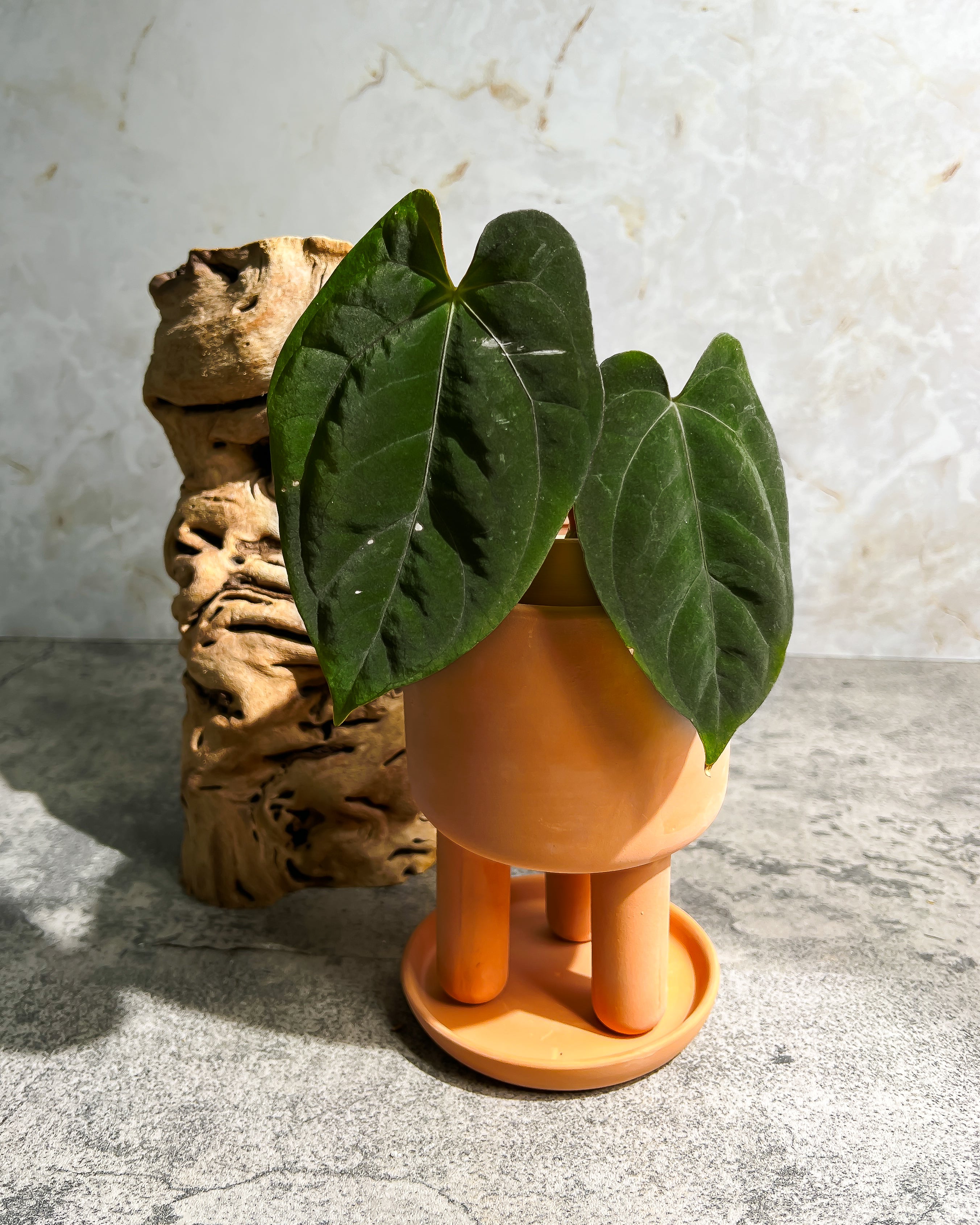
Comments